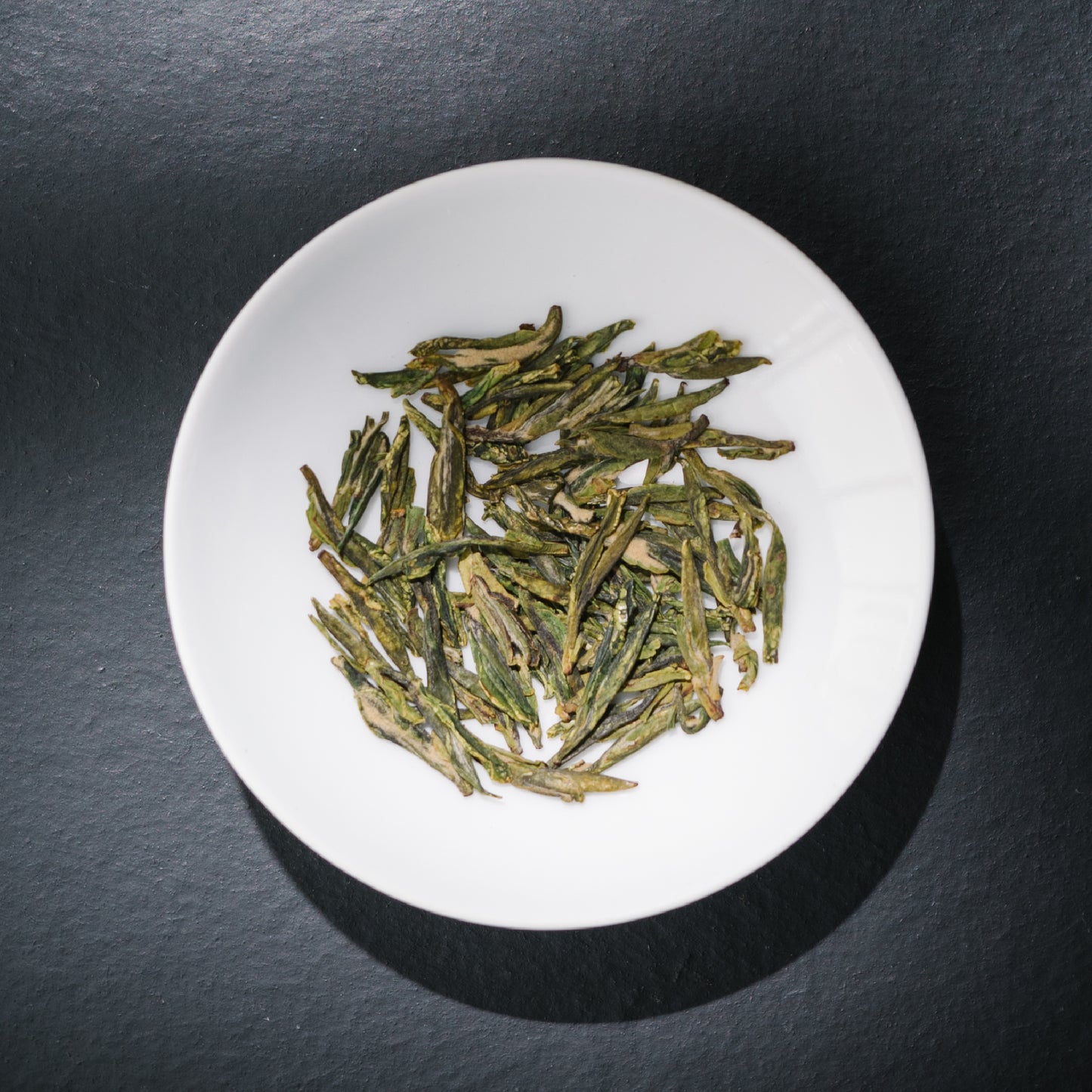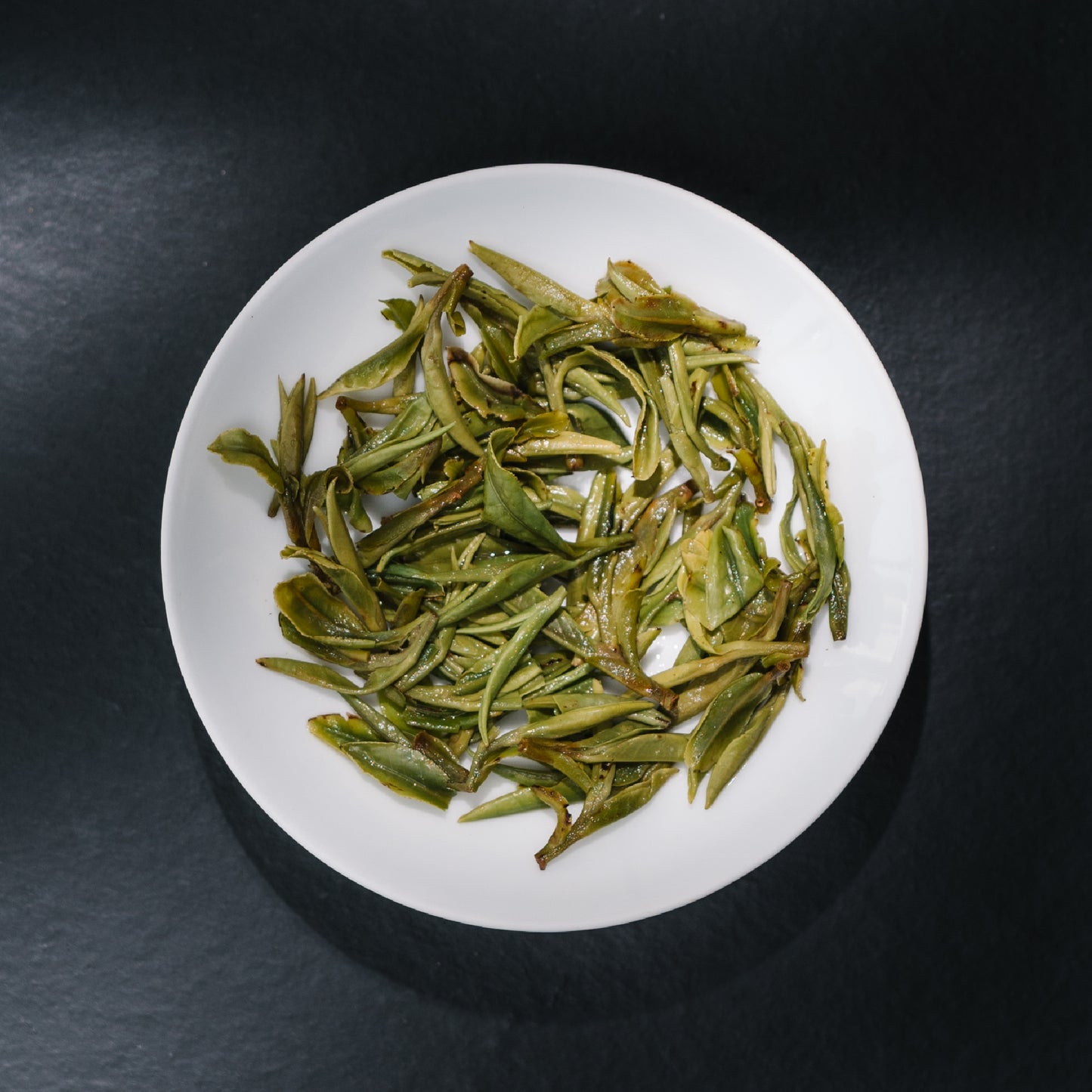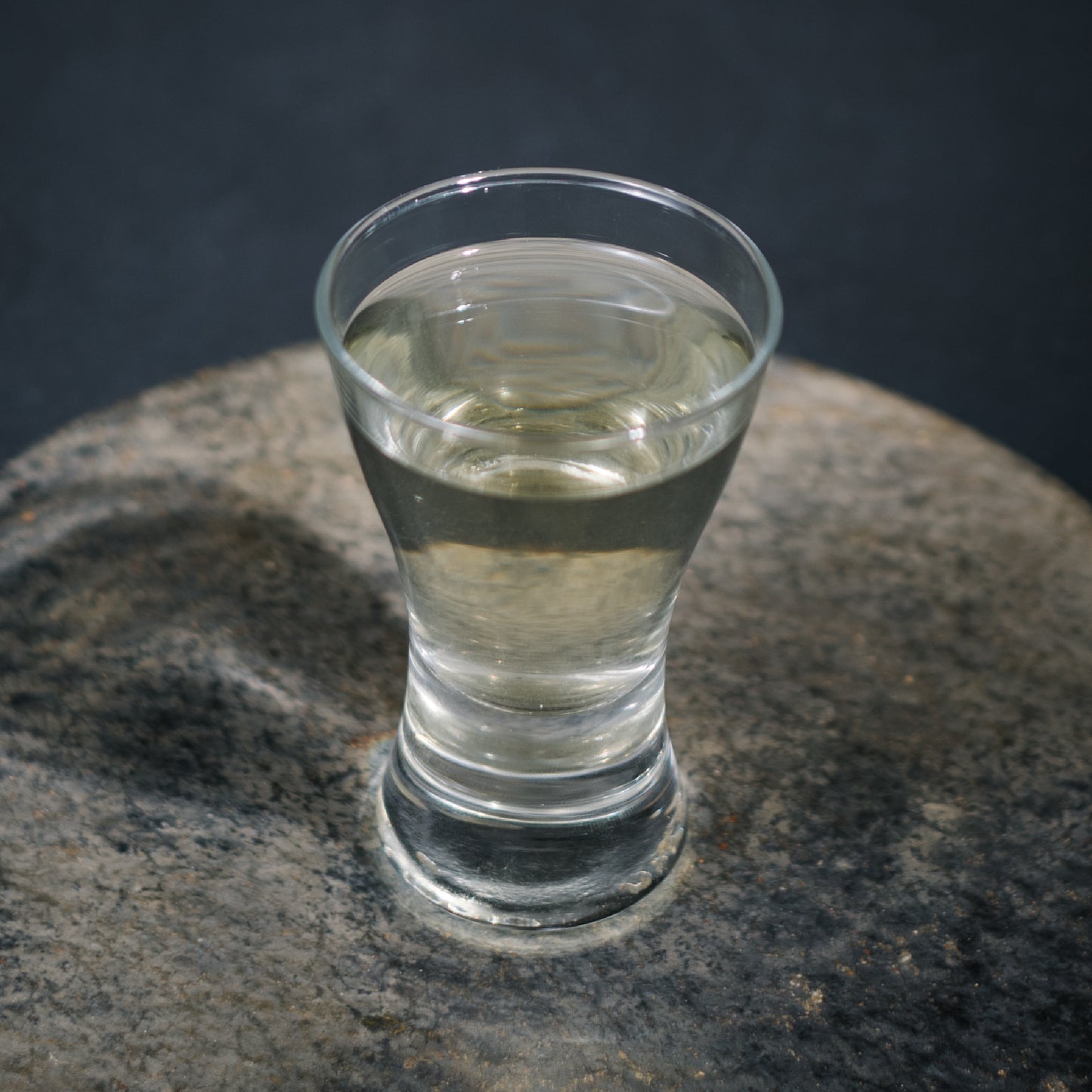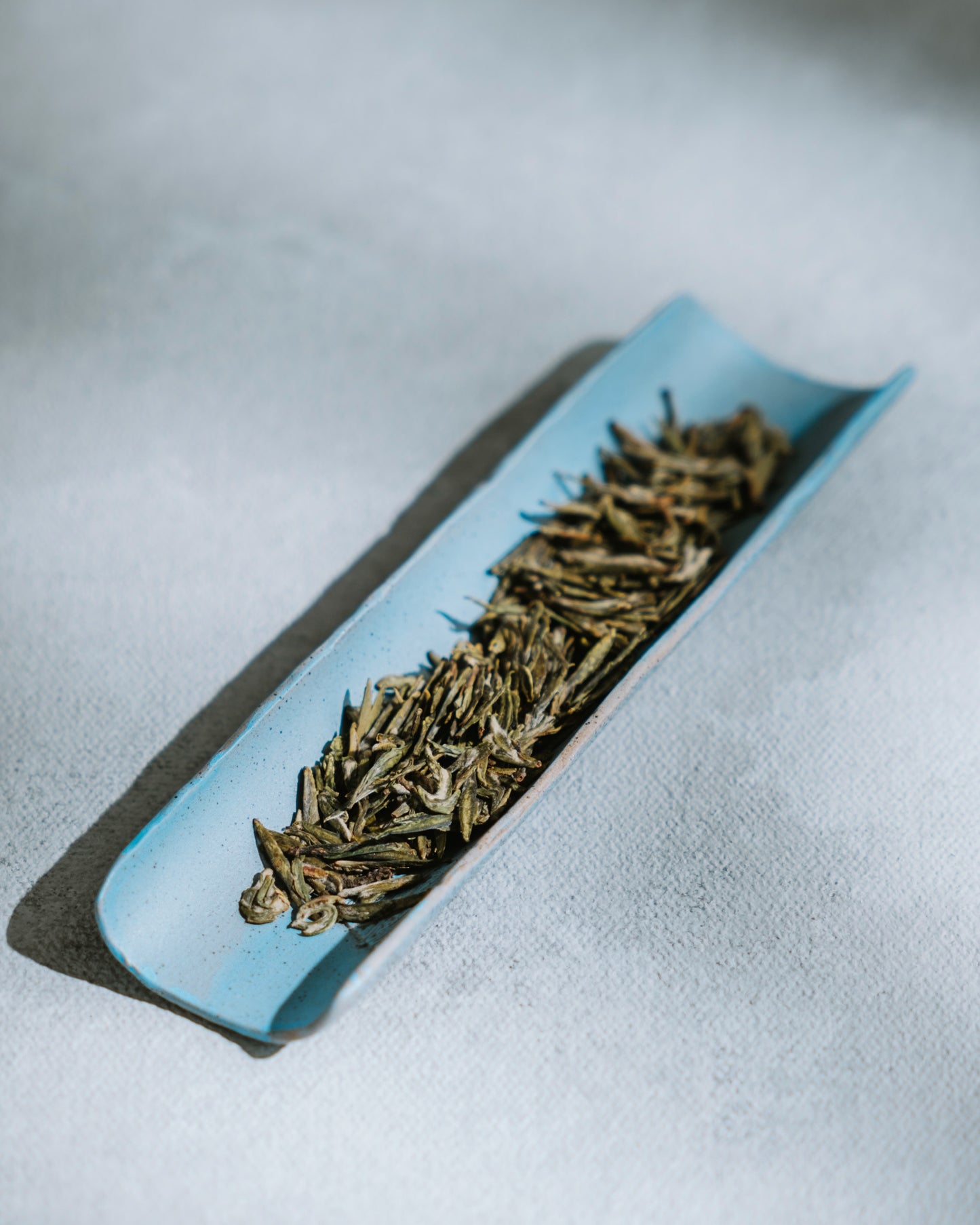Sushe Chaguan 宿舍茶馆
Dinggu Dafang Wild
Dinggu Dafang Wild
Couldn't load pickup availability
[Savory], [Vegetal], [Warming], [Structured]
This is not a beginner-friendly tea. Its structure and layered character demand attention, patience and high sensory abilities.
Origin: Shexian, Huangshan, Anhui
Year: 2025
Processing: Handcrafted, reviving late Ming (Wanli era, 1573–1620) and early-to-mid Qing (Kangxi and Qianlong reigns, 1661–1796) tea-making traditions
Brewing Rec:
Gongfu (high ratio): 1:20 → 4g / 80ml, 95–100°C
Gaiwancha (low ratio): 1:80 → 1.5g / 120ml, 95–100°C
Grandpa Style (low ratio): 1:50 → 2g / 100ml, 95–100°C
Dinggu Dafang is one of Anhui’s most historic green teas, known for its deep heritage and meticulous craftsmanship. This limited-edition release, sourced from Master Lu (same last name as me…), brings back the lost art of Ming and Qing dynasty tea-making. Rare even within China—and now, I’m the only one who has curated and brought it to Indonesia. It wasn’t an easy decision. This tea is expensive, and I brought it in anyway. Because I believe it deserves to be here.
Orthonasal aroma (when hot water hits leaves) notes:
Roasted sweet corn, light ginger, and sun-dried husk. Warm and toasty.
Retronasal aroma (when sipping) notes:
Sweet corn and toasted grain linger in the throat. Ginger rises gently on the finish.
Mouthfeel / texture notes:
Medium-bodied. Starts smooth, then gently dries around the cheeks—like roasted bean skin or bamboo peel. Texture feels firm (wild-grown). Layered structure, refined body, and a lingering finish that reflects careful handcrafting.
Brewing notes:
These leaves respond well to more intensive steeping. Use water just off the boil and allow longer infusions to unlock depth. While it performs beautifully in gongfu, this tea also shines in slower, unfolding brews—whether in a bowl, gaiwan, or tall glass.
TCM notes:
Unlike many modern green teas that can have an overly cooling effect on the body, this tea offers a more balanced, centered experience.
Note on Tea Culture in Ming & Qing
During the earlier Ming period, tea preparation still leaned toward whisked tea (a continuation of Song dynasty traditions). By the mid-to-late Ming, loose-leaf steeping had fully taken hold. This shift influenced the rise of the gaiwan as a preferred brewing vessel, particularly among scholars and the literati, who valued its elegance and precision in controlling infusion.
Tea in the Qing Dynasty
- Kangxi Era (1661–1722): A time of stability and cultural refinement, this period saw tea culture flourish alongside advances in porcelain and tea vessel production, including the continued popularity of gaiwans. Loose-leaf steeping became the norm, and tea was an integral part of court life.
- Qianlong Era (1735–1796): Often considered the golden age of Qing tea culture, this period saw imperial commissions for top-tier teas, with strict quality control in regions like Anhui. The emperor himself was deeply involved in tea appreciation, documenting his experiences in poetry and promoting more refined handcrafting techniques.
By this time, Qing-era production had further refined Dinggu Dafang's leaf shaping and processing, while preserving the core techniques of Ming craftsmanship. Slow-roasting techniques and meticulous leaf selection became standard practice, ensuring a smoother, more complex profile compared to earlier, rougher processing methods.
Worth noting:
Dinggu Dafang predates Longjing in both historical record and leaf-making style—its broad, flat shape and pan-firing method were established earlier and helped shape the green tea traditions that followed.
Credit to @homage.makes for contributing to the tasting notes.
Share








